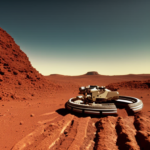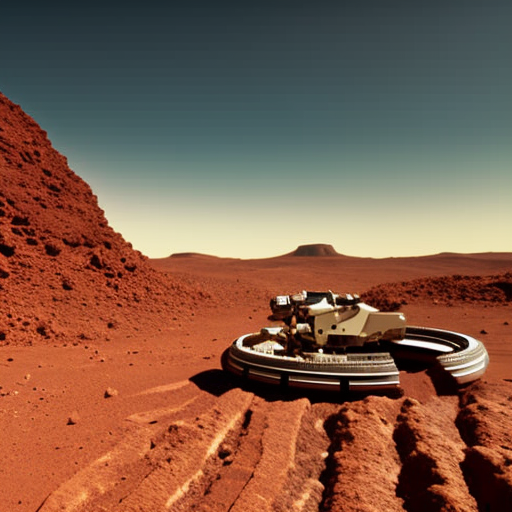Summary:
Planetary rovers are robotic vehicles designed to explore the surfaces of other planets and moons. These rovers are equipped with various instruments and tools to collect data, take images, and perform experiments. They play a crucial role in space exploration, providing valuable information about the geology, atmosphere, and potential for life on other celestial bodies. Rovers have been successfully deployed on Mars, the Moon, and other planets, revolutionizing our understanding of the solar system.
Introduction:
Planetary rovers are unmanned vehicles designed to explore the surfaces of other planets and moons. These robotic explorers are equipped with a wide range of instruments and tools to collect data, take images, and perform experiments. Rovers have become an integral part of space exploration, providing scientists with valuable information about the geology, atmosphere, and potential for life on other celestial bodies.
History of Planetary Rovers:
The first successful planetary rover was the Soviet Union’s Lunokhod 1, which landed on the Moon in 1970. It was followed by Lunokhod 2 in 1973. These early rovers were remotely controlled and operated for several months, covering significant distances and sending back valuable data and images.
The most well-known and successful planetary rovers are the Mars rovers. NASA’s Sojourner, Spirit, Opportunity, and Curiosity have revolutionized our understanding of the Red Planet. Sojourner, launched in 1996, was the first successful Mars rover and operated for nearly three months. Spirit and Opportunity, launched in 2003, were designed to operate for 90 days but exceeded expectations, with Spirit operating for over six years and Opportunity for over 14 years. Curiosity, the most advanced Mars rover to date, landed on Mars in 2012 and continues to explore the planet’s surface.
Design and Capabilities:
Planetary rovers are designed to withstand the harsh conditions of other planets and moons. They are equipped with wheels or tracks for mobility, cameras for imaging, and various instruments to analyze the environment. These instruments can include spectrometers to study the composition of rocks and soil, drills to collect samples, and weather sensors to monitor atmospheric conditions.
Rovers are typically powered by solar panels, which convert sunlight into electricity. This allows them to operate for extended periods, even in areas with limited sunlight. Some rovers, like Curiosity, also use radioisotope thermoelectric generators (RTGs) that convert the heat from radioactive decay into electricity.
Challenges and Future Developments:
Operating rovers on other planets poses numerous challenges. The long distances between Earth and other celestial bodies result in significant communication delays. Rovers must be able to navigate autonomously to avoid obstacles and make decisions without direct human intervention. Additionally, the extreme temperatures, dust storms, and rugged terrain of other planets can pose challenges to the rovers’ durability and mobility.
Future developments in planetary rovers aim to overcome these challenges and expand exploration capabilities. Concepts for future rovers include more advanced mobility systems, such as legged or flying rovers, which could access difficult-to-reach areas. Improved sample collection and analysis capabilities, as well as the ability to search for signs of past or present life, are also areas of focus for future missions.
Conclusion:
Planetary rovers have revolutionized our understanding of other planets and moons in our solar system. These robotic explorers have provided valuable data about the geology, atmosphere, and potential for life on other celestial bodies. With advancements in technology and ongoing missions, the future of planetary rovers looks promising, promising to uncover even more secrets of our solar system.












